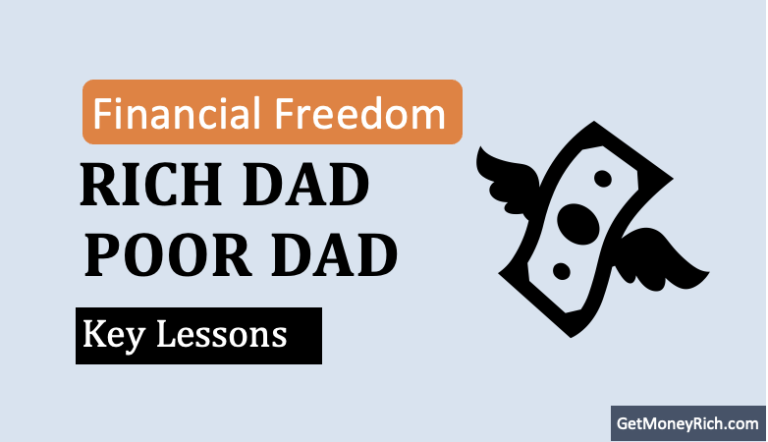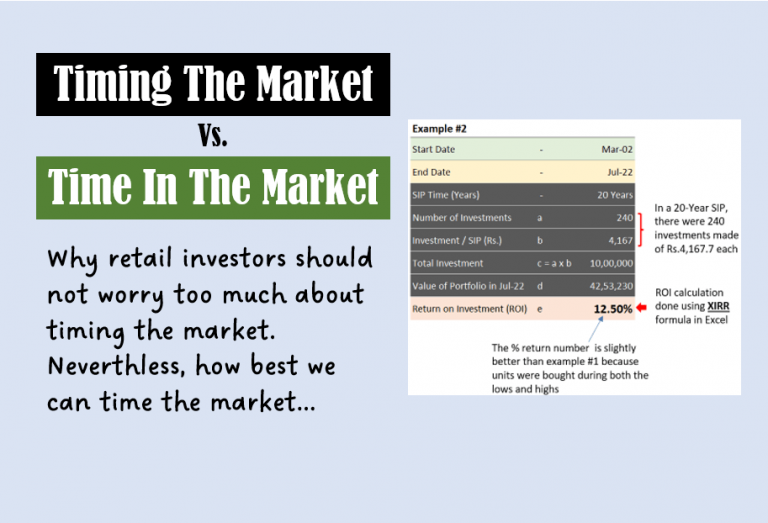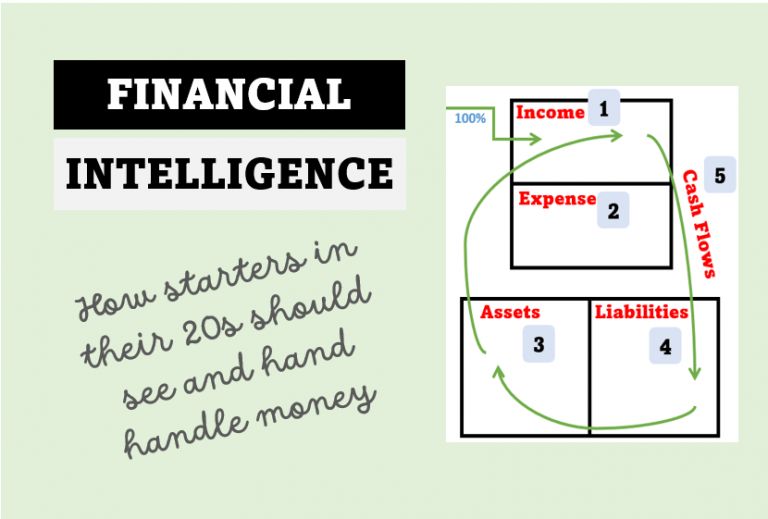There is an excellent book by Ray Dalio called “Principles of Dealing With The Changing World Order.” Ray Dalio is an American hedge fund manager. The book examines the history of the world’s major empires. It tries to identify the factors that contributed to the rise and fall of these empires. In this book, Dalio presents a set of principles for individuals to navigate the changing world order. Dalio argues that, currently the world is again seeing a major shift, where the United States is declining and China is rising.
This shift is already causing geopolitical conflicts and economic instability. Dalio’s principles can help to position ourselves for success in the new world order. I feel if we are among those who can understand and adapt to this change, instead of fighting it, probably we can comparatively achieve more success.
Some of the key principles in the book include:
- Understand the big cycle of empires. Empires rise and fall in a predictable pattern, driven by internal and external factors.
- Be adaptable and open-minded. The world is changing rapidly, and those who are unable to adapt will be left behind.
- Focus on the long term. Short-term thinking often leads to bad decisions.
- Build strong relationships. Relationships are essential for success in any field.
- Think independently. Don’t blindly follow the crowd.
Principles for Dealing with the Changing World Order is a valuable resource. Expert investors, generally like to understand the challenges and opportunities of the current times. This type of understanding of the world’s affairs gives them an edge over others.
I know, there are people who would like to read this book. Allow me to give an idea of the depth of knowledge that this book contains for its readers.
Let’s discuss the above five factors in more detail.
#1. Understand the Big Cycle of Empires
It is important to understand the big cycle of empires. There is an element of predictability of the rise and fall of big empires. The key takeaway is that this cycle is influenced by a combination of internal and external factors.
Dalio encourages us to study the lessons from notable empires like the Dutch, British, and American. By doing so, we as investors can gain valuable insights into the stages of the big cycle.
This way we can develop the ability to anticipate future global trends.
Let’s delve into this idea further:
#1.1 Historical Cycles of Empires
- Predictable Patterns: The trajectories of empires exhibit predictable patterns over time. Just as individuals go through life stages, empires go through phases of rise, consolidation at the top, and eventual decline. Recognizing these patterns allows investors to make more informed decisions about the future.
- Internal and External Factors: The rise and fall of empires are determined by a combination of internal dynamics and external pressures. Internal factors may include economic policies, governance, and societal values. External factors encompass geopolitical shifts, global economic trends, and technological advancements.
#1.2 Learning From The Empires
- Dutch Empire: The Dutch, at their zenith, defeated the Habsburg Empire and became renowned for their strong education system and innovation. They excelled in global trade, developing ships that could navigate the world. The Dutch East India Company was the world’s first publicly listed company and played a pivotal role in its success. The Dutch financial center in Amsterdam is another entity that greatly contributed to the success of the Dutch Empire.
- British Empire: The British rose to prominence through the British East India Company and a powerful military-industrial complex. However, as they reached their peak, challenges from rising powers, such as Germany, led to an arms race and World War II, contributing to their decline.
- American Empire: The United States, with its reserve currency and significant global influence, currently faces challenges. Despite its massive debt and internal conflicts, the U.S. hasn’t yet reached the critical point of decline.
We can align our investment strategies with the stages of the grand historical cycle. But to build a strategy, we must first be able to recognize the prevailing empires and their stages.
By doing so, we can position ourselves strategically. We will be able to navigate uncertainties wisely and make informed decisions that stand the test of time.
This type of big cycle perspective offers a compass for long-term success in the dynamic world of investments.
#1.3 Anticipating Future Global Trends
By understanding the big cycle of empires, investors can anticipate future global trends. For instance, the economic and military rise of China is a significant trend in the current landscape. Recognizing these shifts allows investors to align their strategies with the evolving dynamics of the world order.
Ray Dalio’s principle encourages investors to comprehend the historical cycles of empires. He emphasizes the predictability of their rise and fall.
#2. Be Adaptable and Open-Minded
Adaptability and open-mindedness are other principles that are key for investors in a rapidly changing world. Here’s an in-depth explanation of this principle:
#2.1 Embracing Change and Open-Mindedness
- Adaptability as a Core Skill: Adaptability is a fundamental skill in navigating the unpredictable nature of financial markets. Successful investors need to be agile, and ready to reassess their strategies. They must also be quick to respond to new information and changing circumstances.
- Open-Mindedness for Learning: Open-mindedness is essential for continuous learning. Being receptive to new ideas, perspectives, and market insights enables investors to expand their knowledge base. It allows them to see opportunities and risks that may not be apparent with a narrow or fixed mindset.
#2.2 Thriving in a Dynamic World
- Rapid Changes and Technological Advancements: The world is experiencing rapid changes, driven by technological advancements and shifts in global dynamics. Investors who are adaptable can capitalize on these changes. For instance, the rise of digital currencies, the impact of artificial intelligence on investment strategies, etc are trends that demand an open-minded approach.
- Example of Technological Disruption: Consider the impact of technology on the financial industry. Fintech companies have disrupted traditional banking and investment models. Investors who were adaptable embraced these changes. They have been incorporating technology-driven tools for analysis, trading, and portfolio management.
#2.3 Staying Ahead in Dynamic Markets
- Adjusting Strategies: It encourages investors to adjust their strategies based on market conditions. For instance, during periods of economic uncertainty, an adaptable investor might shift from aggressive to defensive investment positions. In times of technological disruption, they might reallocate portfolios to capitalize on emerging sectors.
- Embracing Emerging Trends: Investors who embrace change position themselves to thrive in dynamic markets. An open-minded approach allows them to identify and capitalize on emerging trends. For example, recognizing the increasing importance of renewable energy, an investor might shift investments toward sustainable energy companies, anticipating long-term growth.
#2.4 Continuous Improvement
- Learning from Mistakes: Dalio’s principle implies that being adaptable also involves learning from mistakes. Open-mindedness allows investors to analyze failures objectively, extract lessons, and refine their strategies. This continuous improvement process is crucial for long-term success.
#3. Focus on the Long Term
This principle advocates for investors to prioritize long-term perspectives over short-term thinking. Here’s a detailed explanation of this principle:
#3.1 The Pitfalls of Short-Term Thinking
- Short-Term Volatility: Short-term thinking is often driven by the desire for quick gains or fear of immediate losses. This mindset can lead investors to react impulsively to short-term market fluctuations, potentially resulting in poor decision-making.
- Noise and Market Swings: Short-term perspectives are susceptible to noise in the market. Daily or weekly fluctuations may be influenced by various factors, including news events, sentiment shifts, or temporary economic conditions. Reacting to these short-term movements can lead to impulsive decisions that may not align with long-term investment goals. Read this article.
#3.2 The Advantages of Long-Term Focus
- Alignment with Enduring Principles: We must align our strategies with enduring principles that stand the test of time. Long-term focus allows investors to consider the core factors of the company. These factors are business fundamentals, growth potential, and industry trends. Instead of getting swayed by short-term market noise, one must focus on these things.
- Weathering Economic Fluctuations: Economic conditions, including recessions or market downturns, are part of the natural market cycle. A long-term perspective enables investors to weather these fluctuations. They recognize them as a temporary phase within the broader trajectory of market growth.
Warren Buffett, often considered a proponent of long-term investing, exemplifies the success that can come from focusing on enduring principles. His investment philosophy involves identifying businesses with strong fundamentals and holding them for the long term. This allows our investments to enjoy the power of compounding to generate wealth.
#3.3 Building Sustainable Wealth
- Avoiding Market Timing Mistakes: Long-term investors are less concerned with trying to time the market’s peaks and troughs. Market timing is notoriously difficult, and short-term traders often fall prey to mistimed entries and exits. Investors must commit to their investment thesis and ride out short-term market fluctuations.
- Consistency in Contributions: Long-term focus also involves consistent contributions to investment portfolios over time. For instance, regularly contributing to investment portfolios allows individuals to benefit from rupee-cost averaging and accumulate wealth steadily over the years.
#4. Build Strong Relationships
This principle underscores the critical role of interpersonal connections in the realm of investments.
#4.1 The Significance of Relationships in Investments
- Trust and Collaboration: Building strong relationships fosters trust among individuals in the investment community. Trust is the foundation of collaborative efforts, whether it involves partnerships with other investors, financial advisors, or professionals in related industries. Collaborative ventures are often more resilient and effective than individual pursuits.
- Information Flow: In the world of investments, information is invaluable. Strong relationships facilitate the exchange of information and insights. This flow of information can be instrumental in making well-informed decisions. It can uncover investment opportunities, a way to stay ahead of market trends.
#4.2 Navigating Challenges and Capitalizing on Opportunities
- Collective Problem-Solving: Challenges are inherent in any investment journey. Whether it’s adapting to market changes, managing risks, or addressing unforeseen obstacles, strong relationships provide a support system for collective problem-solving. Brainstorming and pooling diverse perspectives can lead to innovative solutions.
- Access to Opportunities: Opportunities in the investment landscape are often discovered through networks and relationships. For instance, an investor may learn about a promising startup or a lucrative investment avenue through connections in the industry. Being part of a network increases the likelihood of accessing exclusive opportunities that might not be widely known.
#4.3 Trust as a Cornerstone
- Example of Warren Buffett and Charlie Munger: The enduring partnership between Warren Buffett and Charlie Munger exemplifies the power of strong relationships in investments. Their trust in each other’s judgment, combined with complementary skill sets, has contributed to the success of Berkshire Hathaway. The ability to openly discuss ideas, challenge assumptions, and make decisions collectively has been a key factor in their long-term success.
- Client-Advisor Relationships: In the context of individual investors and financial advisors, strong relationships enhance the advisory process. An investor who trusts their advisor is more likely to follow sound advice, stay committed to long-term goals, and navigate market uncertainties with confidence.
#4.4 Cultivating a Network for Success
- Networking Events and Communities: Actively participating in networking events, industry conferences, and online communities is a proactive way to cultivate relationships. These environments provide opportunities to connect with like-minded individuals, share experiences, and expand one’s network.
- Mentorship and Learning: Establishing mentor-mentee relationships within the investment community can be beneficial, especially for those new to the field. Seasoned investors can offer guidance, share insights, and provide valuable lessons based on their own experiences.
#5. Think Independently
This principle emphasizes the importance of breaking away from herd mentality in the realm of investing.
#5.1 The Essence of Independent Thinking in Investments
- Avoiding Herd Mentality: Herd mentality refers to the tendency of individuals to follow the actions and decisions of the majority. In the investment world, this can lead to market bubbles, overvalued assets, and eventually, significant downturns. We must resist the influence of the crowd and think independently.
- Critical Evaluation of Information: Independent thinking involves critically evaluating information rather than accepting it at face value. Investors need to analyze data, market trends, and expert opinions to form their own conclusions. This critical evaluation is crucial for making informed decisions aligned with one’s investment goals.
#5.2 Benefits of Independent Thinking
- Better Judgment: Independent thinkers are more likely to exercise better judgment. They weigh the pros and cons, consider various scenarios, and make decisions based on their analysis. This approach reduces the likelihood of impulsive actions driven by market euphoria or panic.
- Identification of Overlooked Opportunities: Thinking independently allows investors to identify opportunities that might be overlooked by the majority. While the crowd may be focused on popular investment trends, independent thinkers can discover undervalued assets or emerging opportunities that haven’t yet gained widespread attention.
#5.3 Example of Warren Buffett
- Contrarian Investing: Warren Buffett, often hailed as one of the most successful investors of all time, exemplifies independent thinking. Buffett’s contrarian approach involves going against the prevailing market sentiment when he believes it’s irrational. For instance, during market downturns, when fear grips the majority, Buffett sees opportunities to buy quality assets at discounted prices.
- Long-Term Perspective: Buffett’s independent thinking extends to his long-term perspective. While short-term fluctuations may prompt others to sell, Buffett, guided by his independent analysis, often holds onto investments. This steadfast approach has contributed to his consistent success over decades.
Conclusion
The book “Principles for Dealing with the Changing World Order” offers a profound and insightful guide for investors. It can help us navigate the complexities of our dynamic global landscape. The principles, rooted in Dalio’s extensive experience and historical analysis, provide a framework that goes beyond the immediate fluctuations of financial markets.
Here are the main takeaways:
- Understanding the big cycle of empires is a key takeaway.
- The ability to adjust strategies and perspectives in response to evolving circumstances is the hallmark of resilient and successful investors.
- By avoiding the pitfalls of short-sightedness, investors can make more informed choices by focusing on the long-term benefits.
- Building strong relationships underscores the universal importance of collaboration, trust, and effective communication.
- Making decisions based on individual analysis empowers investors to avoid the pitfalls of blindly following the crowd.
Have a happy investing.
Suggested Reading:





